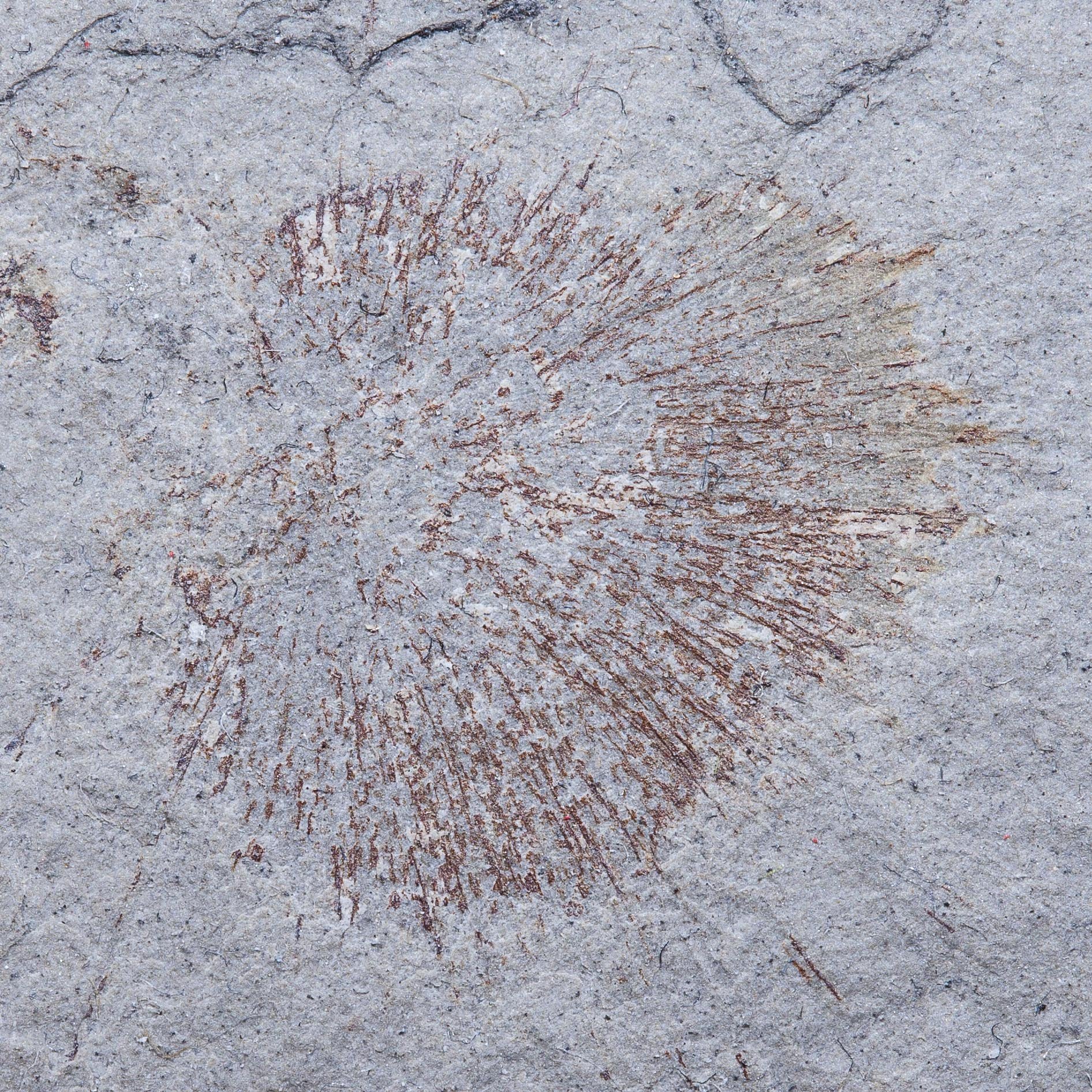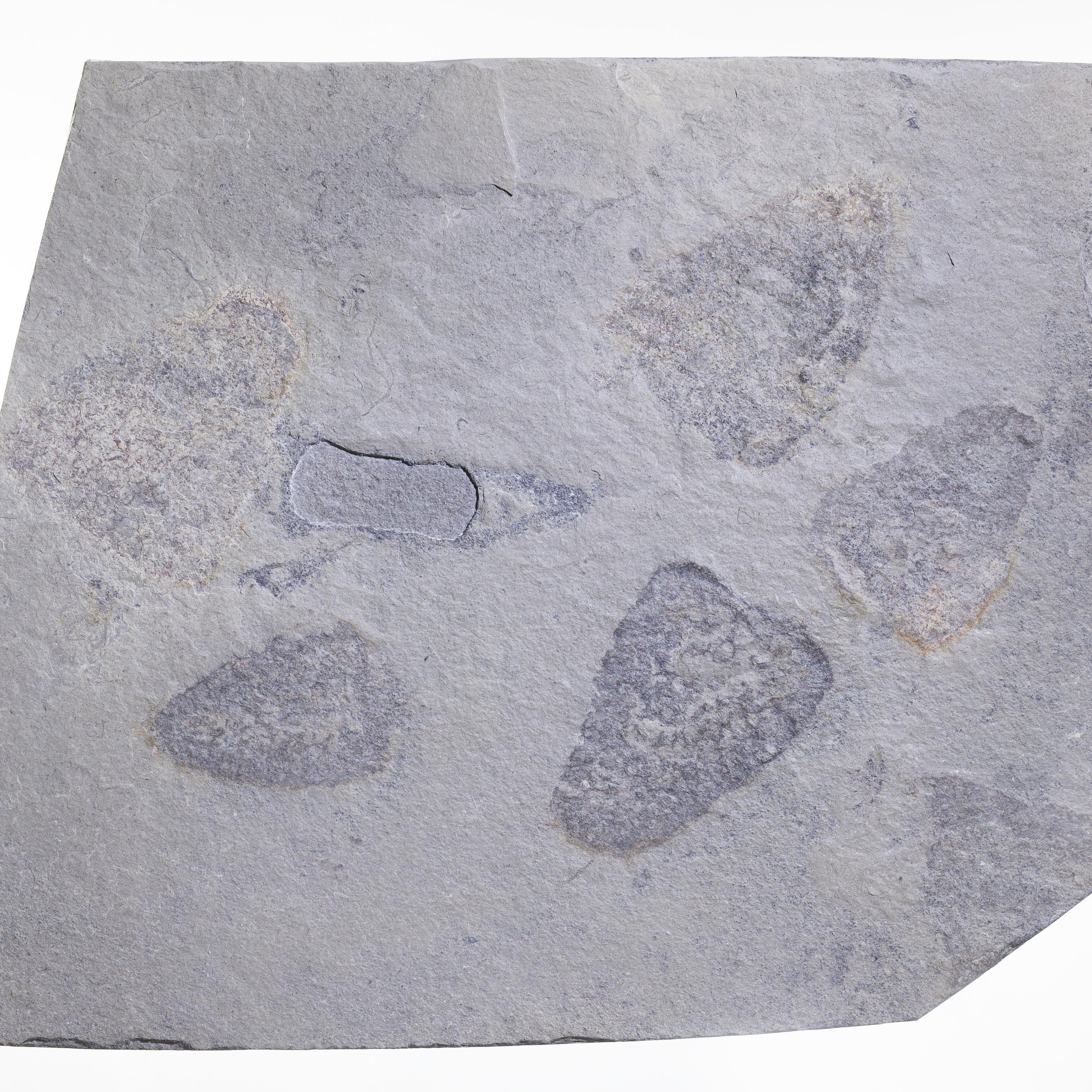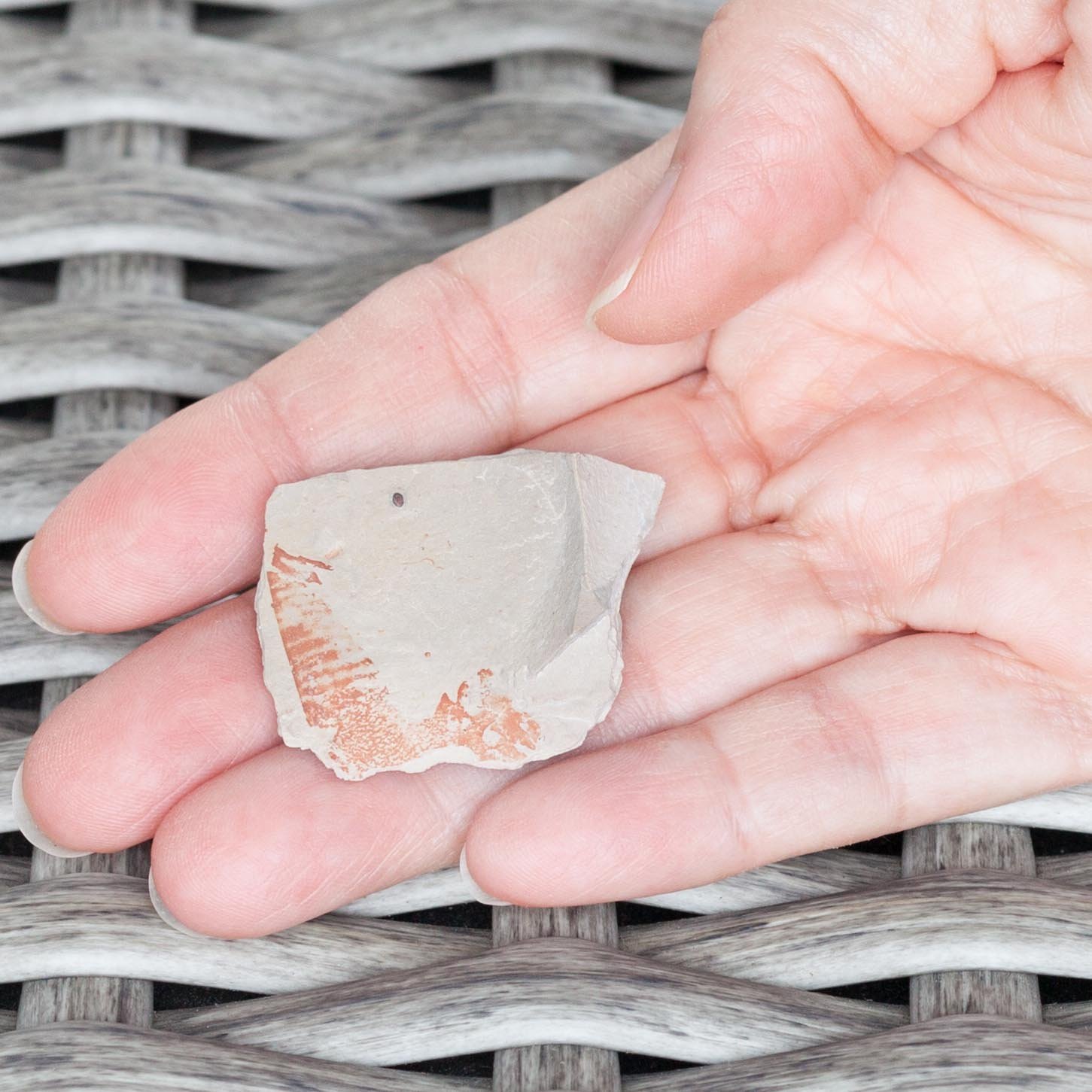Pahvantia hastata
Vendor: Gold Bugs
SKU Number: SQ7144576
A very large and highly contrasted example of a Pahvantia hastata head shield from the sought after Middle Cambrian, Wheeler Shale Formation of Utah.
Pahvantia is a radiodont arthropod related to Anomalocaris. This species has a large bivalved head covering, that becomes detached during molting and is commonly lost due to disarticulation after death. This is a great opportunity to add a part of a radiodont to your collection!
Full dimensions are listed below (Dimensions are provided for the larger of the 2 pieces).
Vendor: Gold Bugs
SKU Number: SQ7144576
A very large and highly contrasted example of a Pahvantia hastata head shield from the sought after Middle Cambrian, Wheeler Shale Formation of Utah.
Pahvantia is a radiodont arthropod related to Anomalocaris. This species has a large bivalved head covering, that becomes detached during molting and is commonly lost due to disarticulation after death. This is a great opportunity to add a part of a radiodont to your collection!
Full dimensions are listed below (Dimensions are provided for the larger of the 2 pieces).
Vendor: Gold Bugs
SKU Number: SQ7144576
A very large and highly contrasted example of a Pahvantia hastata head shield from the sought after Middle Cambrian, Wheeler Shale Formation of Utah.
Pahvantia is a radiodont arthropod related to Anomalocaris. This species has a large bivalved head covering, that becomes detached during molting and is commonly lost due to disarticulation after death. This is a great opportunity to add a part of a radiodont to your collection!
Full dimensions are listed below (Dimensions are provided for the larger of the 2 pieces).
Additional Information
Pahvantia hastata was a Radiodont with raptorial fore-limbs used for filter feeding on microscopic organisms floating near the ocean surface. It has been suggested that the first planktonic animals in the Cambrian initiated the biological pump, which, in turn, fueled the diversification of complex animal communities on the seafloor.
The Radiodonts were a group of Arthropods that appeared early in the Cambrian and appear to have been the first free-swimming raptorial predators, a role subsequently taken on by animals such as Sharks, Fish, Squid, and marine Tetrapods, which appeared to place them firmly at the top of the Cambrian food-chain. These Radiodonts had rather complex exoskeletons, which tended to become disarticulated before being preserved.
Recently, large Radiodonts from the early Cambrian have been discovered that have feeding organs adapted not for raptorial predation but for filter feeding. Filter feeding has repeatedly appeared in the largest members of other groups of raptorial marine predators, including Sharks, Whales and several types of Fish, making this a predictable occurrence in large raptorial Radiodonts, a view that was supported by the discovery of a second such species, the two meter long Aegirocassis from the Early Ordovician.
References:
Pahvantia hastata - Sciency Thoughts
Pahvantia hastata - University of New England







































